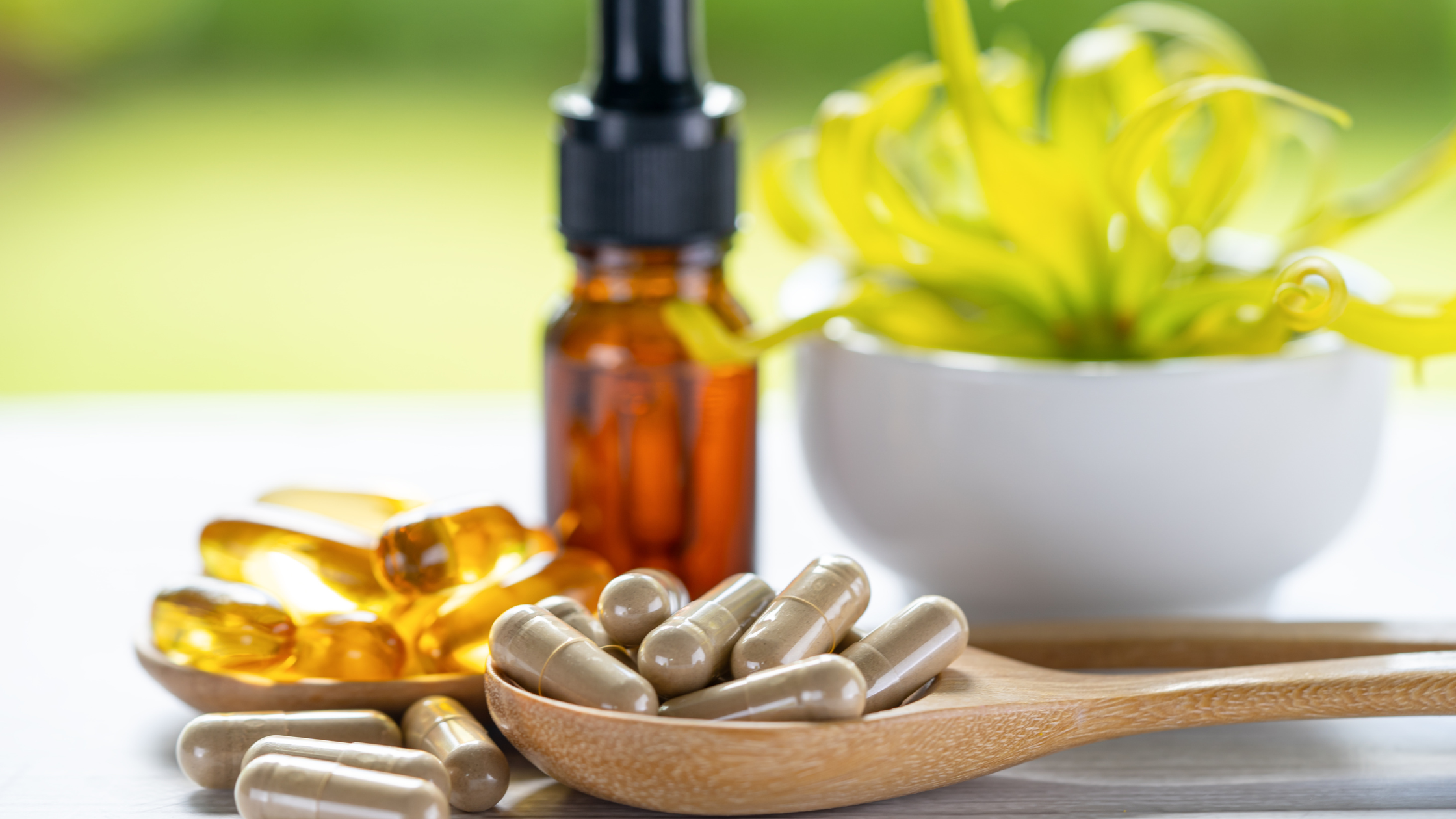


Medically Reviewed By Margaret Etudo. Written By The Vitamins For Woman Team.
Discover how dark chocolate for skin can boost glow, fight wrinkles, and protect against UV damage—backed by science.

There’s growing interest in foods promoting radiant, healthy skin. If you’re into natural skincare, you’ve probably tried everything from green tea to turmeric. But here’s one you might not expect to see on the list—dark chocolate. Yeah, your favourite treat might be good for your skin.
Unlike milk chocolate, which contains sugar and dairy, dark chocolate (especially varieties with 70% or more cocoa) contains compounds known to benefit the skin. These include flavonoids, theobromine, zinc, magnesium, and various antioxidants—all of which can work from the inside out.
This article will explore why dark chocolate is getting attention in skin health. We’ll look at the science, share the most researched benefits, and even show you how to use dark chocolate in your diet and DIY skincare safely. You’ll also learn which types are best and how to avoid breakouts or unwanted effects.
The standout compounds in dark chocolate are cocoa flavonoids—natural antioxidants found in high-cocoa products.
Flavonoids like catechin, epicatechin, and procyanidins help neutralize free radicals, the unstable molecules that damage skin cells and accelerate ageing.
One notable study published in The Journal of Nutrition found that consuming high-flavonoid cocoa daily significantly improved skin density and hydration and reduced sensitivity to UV light after 12 weeks. This suggests that dark chocolate may offer mild photoprotection, similar to how other antioxidants like vitamin C or E support skin resilience.
Flavonoids also support circulation, delivering more oxygen and nutrients to skin cells, contributing to a more vibrant and even complexion.
Not all chocolate is created equal. While dark chocolate is rich in beneficial compounds, milk chocolate often contains more sugar and milk solids, promoting inflammation and breakouts in sensitive individuals.
Several dermatology studies suggest a possible link between high-sugar, low-cocoa chocolate and acne flare-ups. The lower the cocoa content, the fewer flavonoids—meaning less benefit for your skin.
If you’re serious about using chocolate to improve your skin health, stick with options that list cocoa as the first ingredient and contain at least 70% cocoa solids.
Organic dark chocolate for skin benefits is even better, as it’s less likely to contain pesticide residues and additives.
One of the most exciting benefits of dark chocolate for the skin is its potential to improve elasticity and reduce fine lines.
Cocoa flavonoids support collagen production by combating oxidative stress, one of the key drivers of collagen breakdown.
In the same 12-week trial mentioned earlier, participants consuming flavonoid-rich cocoa had visibly reduced skin roughness and wrinkle depth compared to those consuming low-flavonoid cocoa.
The study suggests that regular intake of dark chocolate may offer some anti-ageing effects when paired with a healthy lifestyle.
Acne isn’t just about oil—it also involves inflammation, oxidative stress, and microbial imbalance.
Dark chocolate contains anti-inflammatory compounds and minerals like zinc, which are key in wound healing, immune defence, and regulating sebum production.
Zinc deficiency has been associated with increased acne severity, and while dark chocolate isn’t a mega-dose source, it does contribute to your daily intake.
Combined with its antioxidant effects, dark chocolate may help reduce acne-triggering inflammation without the pro-inflammatory sugar load of milk chocolate.
Flavonoids can help your skin stay more hydrated. In studies, people who consumed cocoa rich in flavonoids had thicker skin and lost less moisture—both signs of a strong, healthy skin barrier.
This is especially relevant for people with dry or sensitive skin. While topical moisturizers are essential, nutritional support from within can amplify results.
Good circulation is essential for that natural glow. Flavonoids in dark chocolate support endothelial function—the ability of blood vessels to relax and carry blood efficiently. Better blood flow means more nutrients and oxygen reaching your skin cells.
This process improves skin tone, reduces dullness, and faster healing from minor irritations or blemishes. Pair this with the best foods to give your skin a glow and make an even bigger impact.
While it’s no substitute for sunscreen, high-flavonoid dark chocolate reduces the effects of UV radiation on the skin.
In one study, subjects who consumed dark chocolate daily for 12 weeks could tolerate more sun exposure without redness.
This is likely due to the antioxidant effect reducing oxidative stress from sun damage. Of course, this doesn’t replace SPF but adds another layer of defence from within.
Choosing the right type and amount is essential to get the most out of dark chocolate for skin health. Look for:
Aim for a small square (20–30g) daily—about 1 oz. More isn’t better, as dark chocolate is still calorie-dense and can trigger breakouts in some people if over-consumed.
Need help to choose? Look for high-polyphenol brands or search where to buy high-flavonoid dark chocolate online or in natural food stores.
Beyond eating it, you can apply cocoa powder directly to the skin. Unprocessed cocoa contains antioxidants that calms inflammation and nourish the skin.
Simple Cocoa & Honey Mask for Glowing Skin
Instructions:
Mix ingredients into a smooth paste. Apply to clean face and leave on for 10–15 minutes. Rinse with warm water and pat dry. Use 1–2 times per week.
This method is one of the easiest and most effective cocoa powder skincare recipes for natural glow and softness.
Studies suggest that 20–30 grams per day of dark chocolate with at least 70% cocoa is enough to deliver skin-related antioxidant benefits. More isn’t always better, as higher amounts can increase calorie intake and affect your skin if you’re acne-prone.
High-quality dark chocolate in moderation is unlikely to cause breakouts. However, chocolate with high sugar content, dairy, or additives (like milk chocolate or candy bars) can increase inflammation and worsen acne in some people. Stick to organic dark chocolate for skin to reduce this risk.
Topical cocoa offers antioxidant and anti-inflammatory effects locally on the skin. However, dark chocolate is more effective for full systemic benefits, like UV protection or improved circulation. Use both approaches for best results.
If you care deeply about your skin and prefer natural solutions backed by science, dark chocolate deserves a spot in your routine.
The high flavonoid content, antioxidant power, and circulation-boosting effects of dark chocolate make it one of the most enjoyable ways to support healthy, glowing skin.
Just remember—quality and moderation are key. Opt for dark varieties with at least 70% cocoa, and keep your portions mindful. If you’re feeling adventurous, try a homemade cocoa face mask and see how your skin responds.
Katz DL, Doughty K, Ali A. Cocoa and chocolate in human health and disease. Antioxidants & Redox Signaling. 2011;15(10):2779.
Zahra M, Abrahamse H, George BP. Flavonoids: antioxidant powerhouses and their role in nanomedicine. Antioxidants. 2024;13(8):922.
Mogollon JA, Boivin C, Lemieux S, Blanchet C, Claveau J, Dodin S. Chocolate flavanols and skin photoprotection: a parallel, double-blind, randomized clinical trial. Nutr J. 2014;13:66.
Penso L, Touvier M, Deschasaux M, et al. Association between adult acne and dietary behaviors: findings from the nutrinet-santé prospective cohort study. JAMA Dermatol. 2020;156(8):854.
Yuka J from. Chocolate is good for your health! Yuka.
Lin PH, Sermersheim M, Li H, Lee PHU, Steinberg SM, Ma J. Zinc in wound healing modulation. Nutrients. 2017;10(1):16.
Heinrich U, Neukam K, Tronnier H, Sies H, Stahl W. Long-term ingestion of high flavanol cocoa provides photoprotection against UV-induced erythema and improves skin condition in women. J Nutr. 2006;136(6):1565-1569.
Linus Pauling Institute: Flavonoids and skin health | oregon state university.
Usdp. How much dark chocolate can i eat every day? Life Enriching Communities.

medically reviewed by margaret etudo, BPharm. written by the vitamins for woman team.